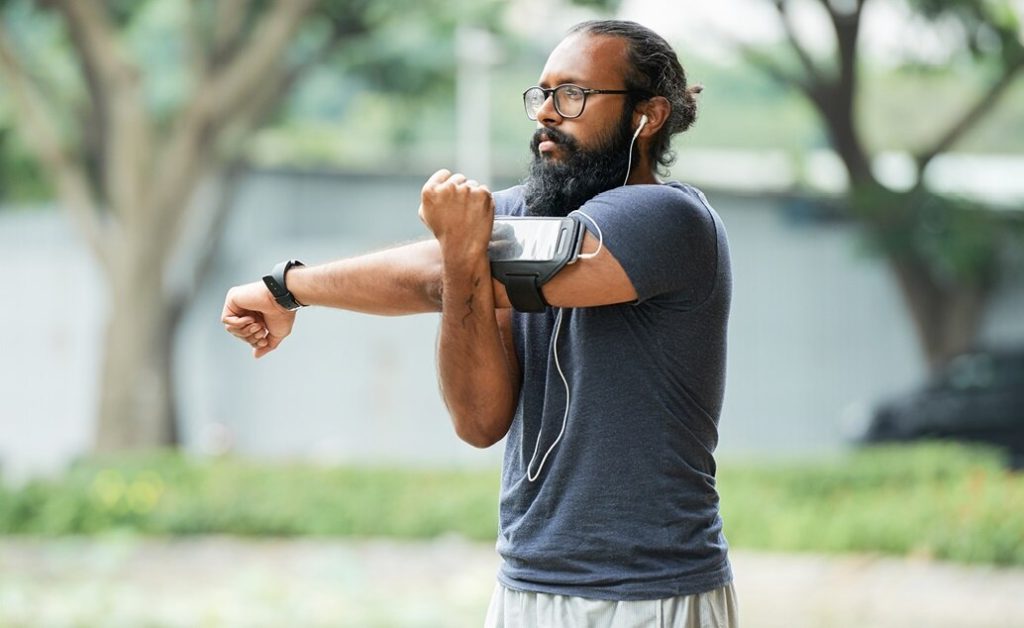
Doors are opening and we are entering a world of semi-normalcy after over a year of lockdowns. As a trainer, I’ve noticed a significant uptick in people who have been stuck indoors trying to get back into shape and pushing themselves too hard before their bodies are ready for physical activity. Moving too quickly without a gradual ramp-up can cause soft tissue injuries such as pulled hamstrings, ankle sprains, lower back soreness and neck strains.
In an ideal world, we could go from 0 to 100 with no problems. However, what we really need is to listen to our bodies and do a little bit every day to get back into the swing of exercise. I like to call this “COVID to 5K,” a play on words of the old training tool “Couch to 5K.” Here are a few tips for easing your way back into shape:
- Start your workout with some simple breathing exercises – Mentally and physically, nasal breathing is better for you than mouth breathing, which increases physical and mental stress and elevates blood pressure. If you are headed for a light jog, taking a long walk or getting ready to head to the gym, do a two-second inhale through your nose and a five-second exhale through your mouth. When you run or walk, inhale fast and then exhale long breaths. It’s hard at first, but your endurance and energy will add up and your body will respond and recover much quicker.
- Some days are better than others – Before you get ready to exercise, ask yourself: How did I sleep the night before? Am I tired or energized? Am I hungry and dehydrated, and if so, do I need to eat and drink something? We all have days when we don’t want to do much and other days when we can push a little harder. Listening to your body before you begin a workout can do wonders.
- Boring is just fine – When was the last time you did any ankle mobility exercises? Simple arm swings? Torso twists? Neck circles? This is the old-fashioned stuff that nobody does anymore, but if we want to prevent tight calf muscles, sore shoulders, achy lower backs and pulled hamstrings, sometimes we need to take a few minutes before we exercise to focus on the little areas we neglect.
- Get up and go – We all sit way, way too much. The more we can get up and walk, stretch and move during the day, the better. Every day, set a timer so that for every 50 minutes of sitting, you get up for 10 minutes of movement.
When establishing or re-establishing an exercise routine, it’s important to avoid doing too much too soon. A little bit of planning can go a long way for injury prevention – and then we can all enjoy our days back out in the world.
Gain the expertise you need to advocate for better health and wellness in your community. Explore our fully online M.Ed. in Health and Wellness Education.

